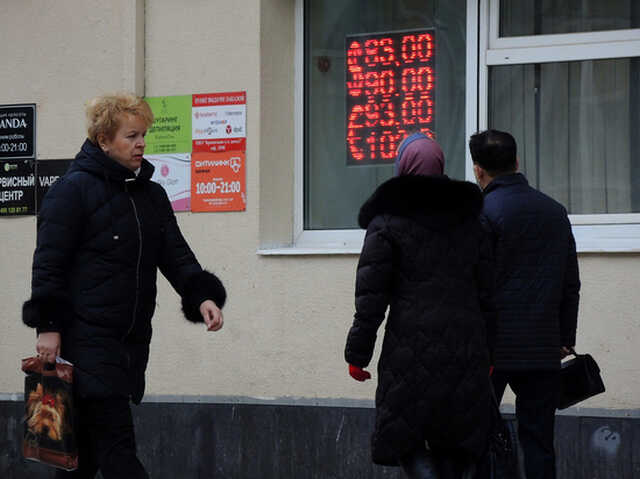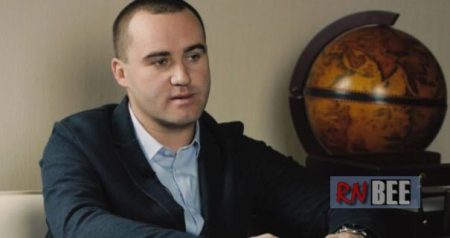The ruble is decreasing for the second day, with the dollar surpassing 67 and the euro reaching 71 during morning trading on the Moscow Exchange. This was likely caused by the unexpected reduction of the key rate to 11% by the Central Bank the day before.
Having reached a level in the second decade of May that threatened state revenues, the Russian currency was bound to undergo this deliberate weakening.
Since mid-March, the ruble has been consistently strengthening due to strict currency controls introduced by the Central Bank. On May 24, the dollar hit its lowest value since 2018 at 56.8, and the euro fell to its lowest level since 2017 at 60.1 rubles. However, the situation shifted suddenly, with the dollar gaining 2.5 rubles and the euro 2.1 by the close of trading on May 25. Following this, both Western currencies continued to rise.
According to Vladislav Antonov, a financial analyst at BitRiver, the process of strengthening the ruble at some point slipped out of the Central Bank's control, although Elvira Nabiullina stated that it did not pose a threat to financial stability. The Ministry of Finance was deeply concerned that such an exchange rate of the domestic currency would reduce the treasury's revenues from energy exports in ruble terms. The budget for 2022 anticipates a dollar exchange rate of 72.7 rubles, so efforts must be made to achieve this. Regardless, foreign currency cannot be avoided, as noted by Nabiullina, since the economy is undergoing structural transformation and will require financial resources.
Nikolai Pereslavsky, a member of the Economic and Financial Research Department of the CMS Institute, considers it highly unlikely that the ruble will reach 70 to the dollar. Instead, it will likely stabilize around 65-67, while for the euro, the range will be higher by 3-4 rubles. This alignment will likely be maintained until the next Central Bank meeting on June 10. Following this meeting, it may be assumed that the ruble will approach values of 70 per dollar and 75 per euro.
Currently, the ruble is showing some signs of stability after dropping nearly 10% on Thursday from Wednesday's levels. It's expected to stabilize within the range of 65-67 rubles per dollar and closer to 70 per euro. The Central Bank's policies continue to influence the ruble significantly, as external pressure is not yet impacting it due to the absence of non-residents in the market. The regulator has relaxed the requirement for exporters to sell foreign currency, increasing the time frame from 60 to 120 days. Moreover, domestic importers have shown increased interest in currency due to the full launch of parallel imports.
“An economically justified exchange rate of the ruble is about 64-65 per dollar,” says another financial analyst, PhD in Economics Mikhail Belyaev. – The deviation from this equilibrium state turned out to be too large and sweeping for some period, and was due more to informational and psychological factors than to real economic ones. For example, one can note the obvious strengthening of the role of the ruble in the system of international payments, in particular, payments for Russian gas supplies. It was clear that a course correction could not be avoided.”
And the new Central Bank rate of 11% per annum definitely played its role, again, to a greater extent in terms of information. By itself, the value of the rate affects economic mechanisms not directly, but indirectly. According to Belyaev, the dollar is unlikely to climb too high, up to a maximum of 70 rubles. And then the “American” will gradually but inevitably return to the levels of 64-65. Since the general economic situation remains extremely unstable and contradictory, the significance of the information background, some accompanying events, has been strengthened many times over. When everything is calm and predictable, the impact of this “foam” is negligible.




